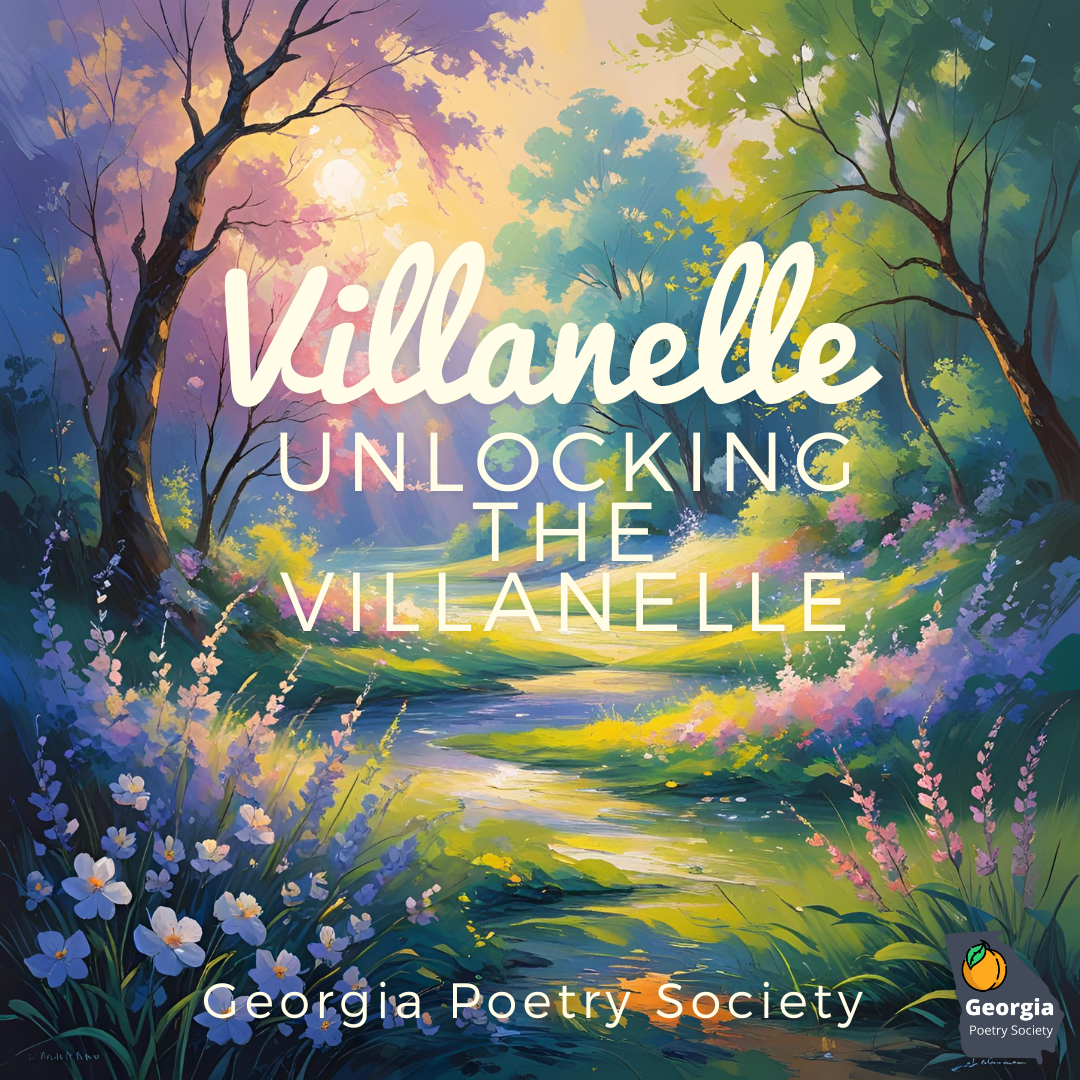Poetry comes in many shapes and structures, and among the most hauntingly beautiful is the Villanelle—a form known for its rhythm, repetition, and emotional intensity. Though it has roots in rustic song, the Villanelle has become a favorite among poets for its musical quality and the creative challenge it presents.
What Is a Villanelle?
A Villanelle is a nineteen-line poem composed of five tercets (3-line stanzas) followed by a quatrain (4-line stanza). It follows a strict rhyme scheme: aba aba aba aba aba abaa, and it features two repeating lines (called refrains) that alternate and return in a specific pattern.
Here’s the breakdown:
- Line 1 is repeated as Line 6, 12, and 18.
- Line 3 is repeated as Line 9, 15, and 19.
- The final stanza (the quatrain) includes both refrains as its last two lines.
This pattern creates a rhythmic, almost hypnotic effect—perfect for expressing themes of obsession, longing, memory, or cyclical experiences.
A Glimpse Into History
The Villanelle originated in France as a rustic song form and wasn’t originally bound by a strict structure. Over time, it evolved into the fixed poetic form we recognize today, largely influenced by 16th and 17th-century poets. One of the most well-known modern examples is “Do not go gentle into that good night” by Dylan Thomas, a powerful and widely studied Villanelle.
Why Write a Villanelle?
The form’s repetition and rhyme lend it a musicality and emotional resonance that’s hard to match. Because lines are repeated, the Villanelle is excellent for emphasizing key thoughts or feelings. Each repetition can carry a slightly different meaning depending on what surrounds it—making the poem dynamic, even as it circles familiar lines.
Villanelles invite poets to explore a single emotion or theme deeply, often leading to profound or surprising results. They can be used to express:
- Grief or loss
- Joy and celebration
- Regret or nostalgia
- Love (romantic, platonic, or self-love)
- Change and time
Tips for Writing a Villanelle
1. Choose Powerful Refrains
Since your first and third lines will be repeated multiple times, they should be strong, versatile, and emotionally resonant. They should be able to carry subtle shifts in meaning throughout the poem.
2. Plan Your Rhyme Scheme
The Villanelle has only two end rhymes (A and B), which can be challenging. Select rhymes that offer flexibility, and brainstorm a list of rhyming words ahead of time.
3. Let Repetition Work for You
Use the refrains to build tension, change tone, or add complexity. Each time a line returns, it should offer new insight or impact.
4. Don’t Fear the Structure—Dance With It
While the form is strict, it’s also freeing in its own way. Think of it like a dance: you know the steps, but how you move within them is up to you.
5. Read Aloud
Villanelles beg to be read aloud. Doing so will help you hear the rhythm and catch any awkward phrasing.
Sample Villanelle (Excerpt)
“April” by Emile J. Pinet
Ushering in the first warm days of spring
subservient to Mother Nature’s call,
April starts the season; sweet songbirds sing.Flowers await rains April showers bring,
from a light drizzle to a tempest squall,
ushering in the first warm days of spring.As migrating birds once again take wing
sufficiently prepared for the long haul,
April starts the season; sweet songbirds sing.April melts away icicles that cling
and snowdrifts covering colors of Fall,
ushering in the first warm days of spring.Being born in April, I’ve felt Her sting,
but even though She sometimes plays hardball,
April starts the season; sweet songbirds sing.As winter wains, April is everything,
wearing misty drops as Her morning shawl.
Ushering in the gentle warmth of spring,
April starts the season; sweet songbirds sing.
Final Thoughts
Writing a Villanelle is like weaving a spell—you guide the reader through a pattern, building meaning and emotion with each turn. While the form may seem intimidating at first, it offers an incredible opportunity to express intensity and elegance within a structured frame.
Whether you’re experimenting with poetic forms or deepening your craft, the Villanelle is a rewarding challenge that proves: sometimes, the most powerful poetry comes in a circle.

